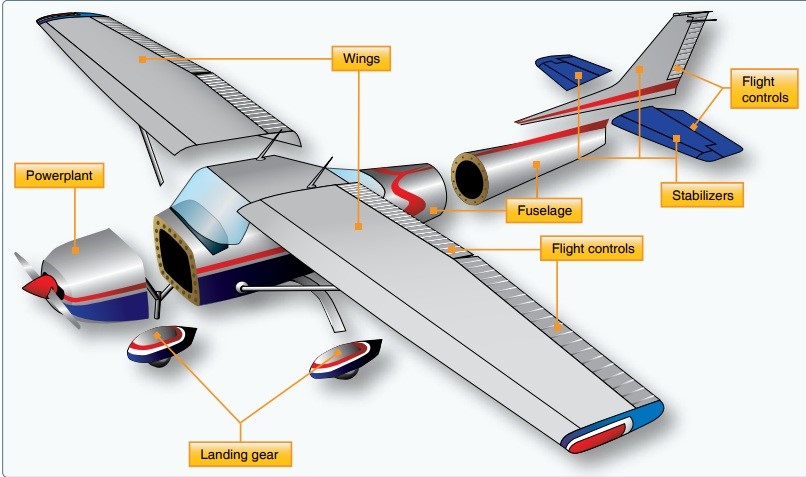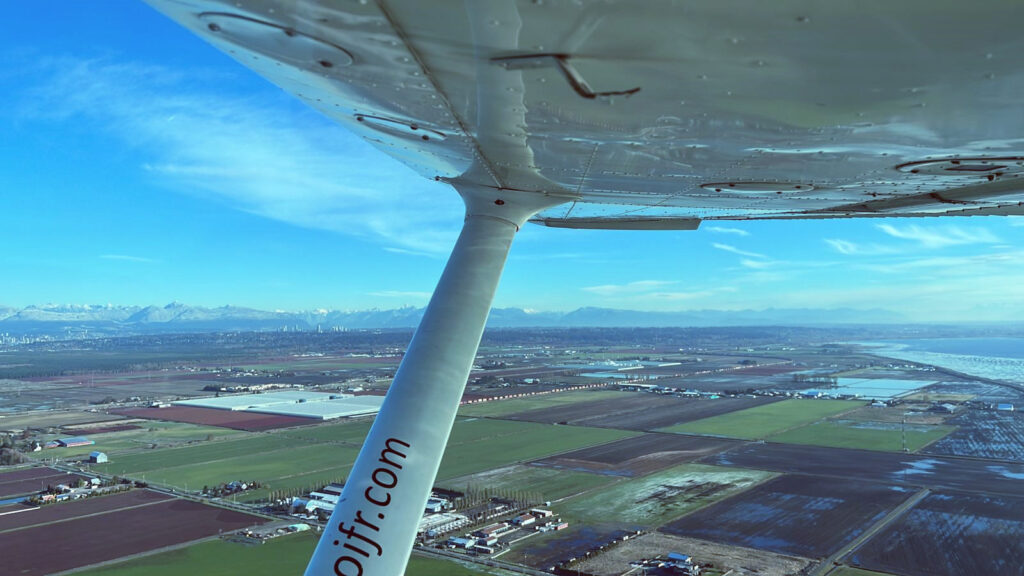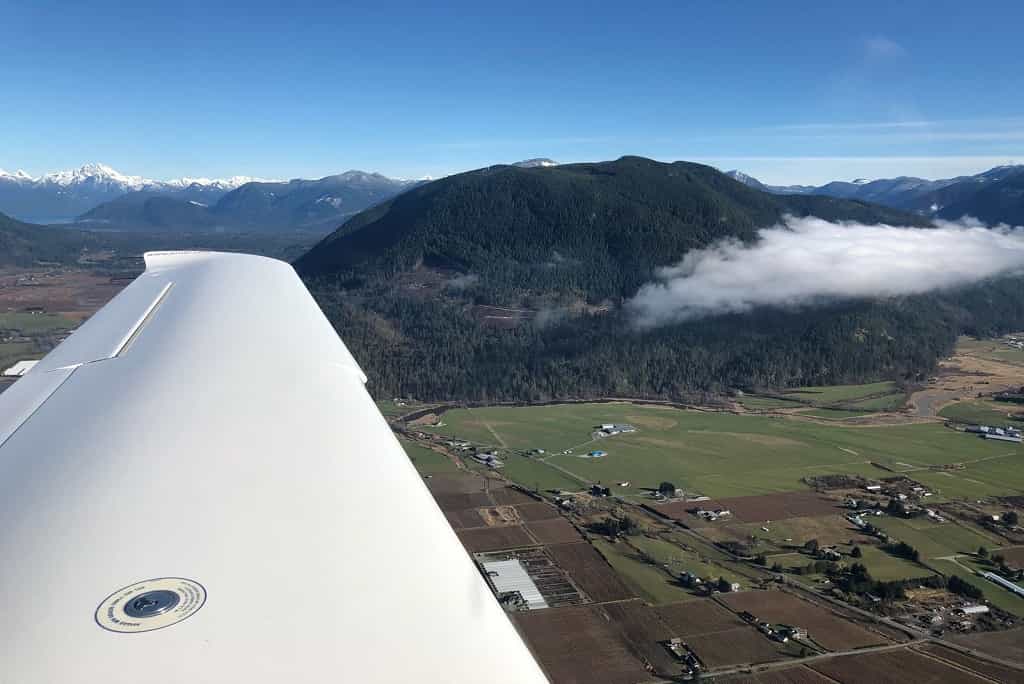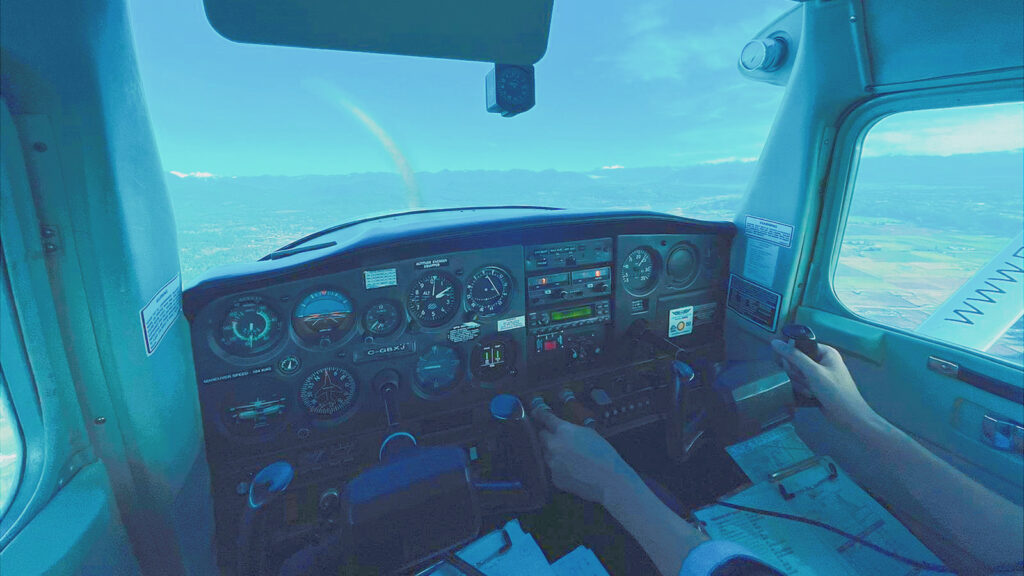When it comes to flight training, one of the crucial decisions aspiring pilots face is whether to train in a high wing or low wing aircraft. Both configurations have their unique characteristics and advantages, making it essential to understand the differences and consider various factors before making a choice. So, let’s explore the pros and cons of each option to help you make an informed decision that aligns with your training goals.

High wing aircraft, with their wings mounted above the fuselage, have been a popular choice for flight training for many years. One of the significant advantages of high wing aircraft, such as the Cessna 172 or Cessna 152, is their excellent visibility. The position of the wings allows for an unobstructed view of the ground during takeoff, landing, and maneuvering. This visibility advantage is especially valuable for students learning basic flight maneuvers, as it provides a clear perspective of the aircraft’s attitude and position relative to the horizon.
Moreover, high wing aircraft tend to have superior ground stability. The wings’ position above the fuselage creates a pendulum effect, enhancing stability during taxiing and ground operations. This stability can help students build confidence in their handling skills and reduce the risk of ground incidents.

On the other hand, low wing aircraft, like the Cirrus SR20 or the Piper Warrior, offer their own set of advantages. One notable feature of low wing aircraft is their enhanced aerodynamic efficiency. With the wings mounted closer to the fuselage, low wing aircraft experience reduced drag, allowing for increased cruise speeds and improved fuel efficiency. This characteristic is particularly beneficial for pilots pursuing a career in aviation, where speed and efficiency are essential considerations.
low wing aircraft are also known for their excellent maneuverability and responsiveness. The lower wing position contributes to a lower center of gravity, resulting in a more nimble and agile flying experience. This maneuverability is especially valuable for pilots seeking to advance their skills in areas such as aerobatics or precision flying.
low wing aircraft is often preferred by students for cross-country flights due to their faster cruise speeds.

However, it’s important to note that low wing aircraft can have slightly reduced ground visibility compared to their high wing counterparts. During taxiing or ground operations, the wings can obstruct the view of the ground, requiring pilots to rely more on peripheral vision and proper scanning techniques.
Ultimately, the choice between high wing and low wing aircraft for training depends on several factors, including personal preference, career aspirations, and the specific training goals. Consider your individual learning style, the type of flying you intend to pursue, and the availability of aircraft at the time.

If you prioritize optimal visibility during your initial training and value the stability that high wing aircraft offer, then opting for a high wing aircraft may be the ideal choice for Private Pilot License. Conversely, if you’re driven by the desire for enhanced aerodynamics, maneuverability, and a potential career in aviation that demands speed and efficiency, a low wing aircraft could be the better fit.
In the end, regardless of aircraft choice, our instructors will always help you develop the necessary skills and knowledge to become a proficient pilot. No matter which aircraft is chosen, you will always embark on your flight training journey with confidence.

Frequently Asked Questions
- How much will it cost to become a pilot?
- How long will it take to get my licence?
- Do I need to pay full cost up front?
- Does school provide student housing?
- When can I start flight training?
- What’s the English requirement?
- Does school offer Introductory Flight?
- Does school offer job opportunities?
- Can I apply for citizenship after training?
More Frequently Asked Questions
Follow Us on Instagram
